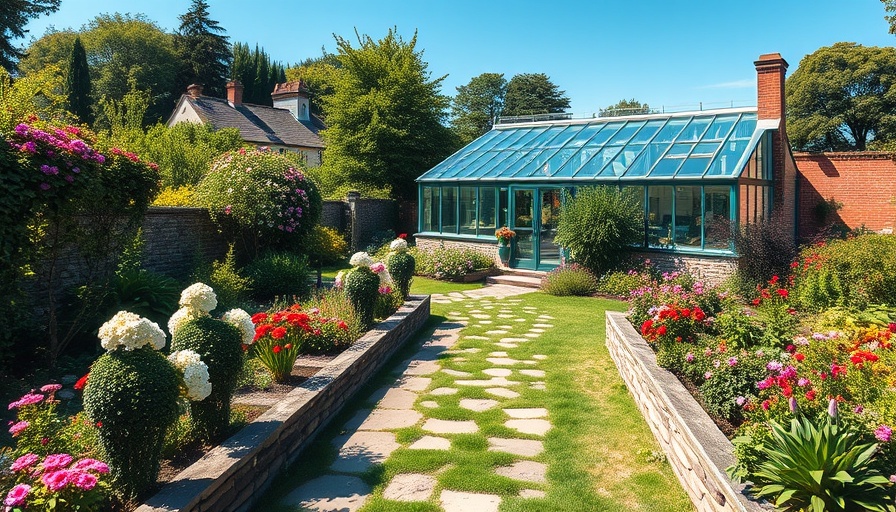
Mastering Outdoor Photography: A Guide for California Homes
When it comes to capturing the beauty of your outdoor projects, whether it's a newly landscaped garden or a serene backyard retreat, knowing how to take great photos is essential. Especially for homeowners in California, where stunning scenery is almost a given, the ability to take compelling photos can enhance your online presence, attract potential buyers, or simply allow you to relive beautiful memories. In this guide, we’ll explore actionable tips that will elevate your outdoor photography skills.
Tips for Stunning Outdoor Project Photography
Whether you are a DIY enthusiast sharing on social media or a homeowner wanting to showcase your property, here are key techniques to remember:
- Lighting is Everything: The golden hour, shortly after sunrise or before sunset, provides the softest and most flattering light. Photographers recommend aiming to shoot during these times for the best results.
- Choose the Right Angles: Don’t just shoot from eye level. Experiment with different angles by getting low to the ground or shooting from above. This variation will add depth and interest to your photos.
- Focus on Composition: The rule of thirds can help to create a balanced photo. Imagine dividing your image into thirds both vertically and horizontally, and place key elements along these lines or at their intersections.
Enhancing Photos with Editing Tools
Even the best shots may need a bit of touch-up to make them pop. Consider using photo-editing apps that can help enhance colors, sharpen images, or remove distractions from the background. Some popular editing tools include Adobe Lightroom, Snapseed, and VSCO.
Using Smartphone Cameras Effectively
Not everyone has access to a professional camera, but that doesn’t mean you can’t take great photos with your smartphone. Here are some smartphone photography tips:
- Clean Your Lens: It’s surprising how a dirty lens can degrade an image. Always make it a point to clean your phone's lens before snapping photos.
- Utilize Grid Lines: Activate the grid feature in your phone settings. This will help you align your shots and keep your images well-balanced.
- Avoid Digital Zoom: Where possible, move closer to your subject instead of using the digital zoom, which can reduce the quality of your photo.
The Importance of Context in Outdoor Photography
Every outdoor project tells a story, and including elements of context makes your photos more engaging. For homeowners in California, especially, this could mean incorporating distinct local features like iconic palm trees, coastal views, or local architecture in your shots. Adding these context clues invites viewers to learn more about the environment and story behind your outdoor photography.
Perfecting Your Outdoor Shot through Practice
Like any other skill, taking great photos comes with practice. Set aside time to experiment with your skills. Track your progress by creating a photo journal to document your learning journey and compare how far you've come. Regularly challenging yourself with different projects will improve your comfort and creativity.
Conclusion: Capture the Beauty of California Homes
Taking great photographs of your outdoor projects can enhance appreciation for your efforts and increase interest from potential viewers or buyers. By mastering photographic techniques and understanding how to effectively weave context into your shots, you'll create compelling images that resonate. Whether your focus is on California homes or unique outdoor spaces, remember to make the most of natural light, angles, and editing tools. So grab your camera or smartphone, and start capturing beautiful images of your outdoor transformations!
 Add Row
Add Row  Add
Add 




Write A Comment